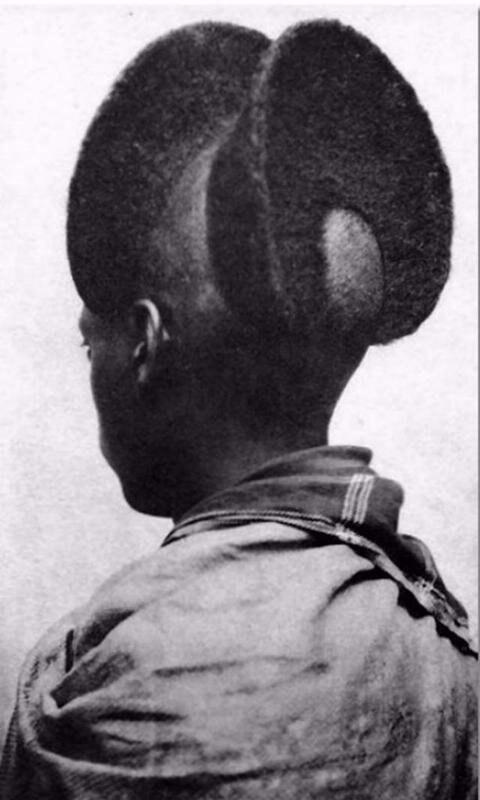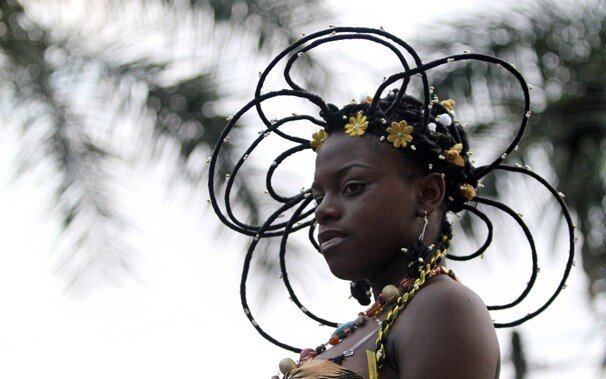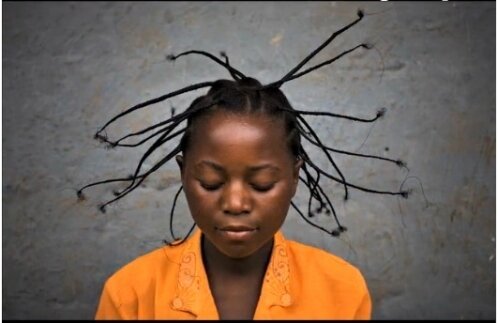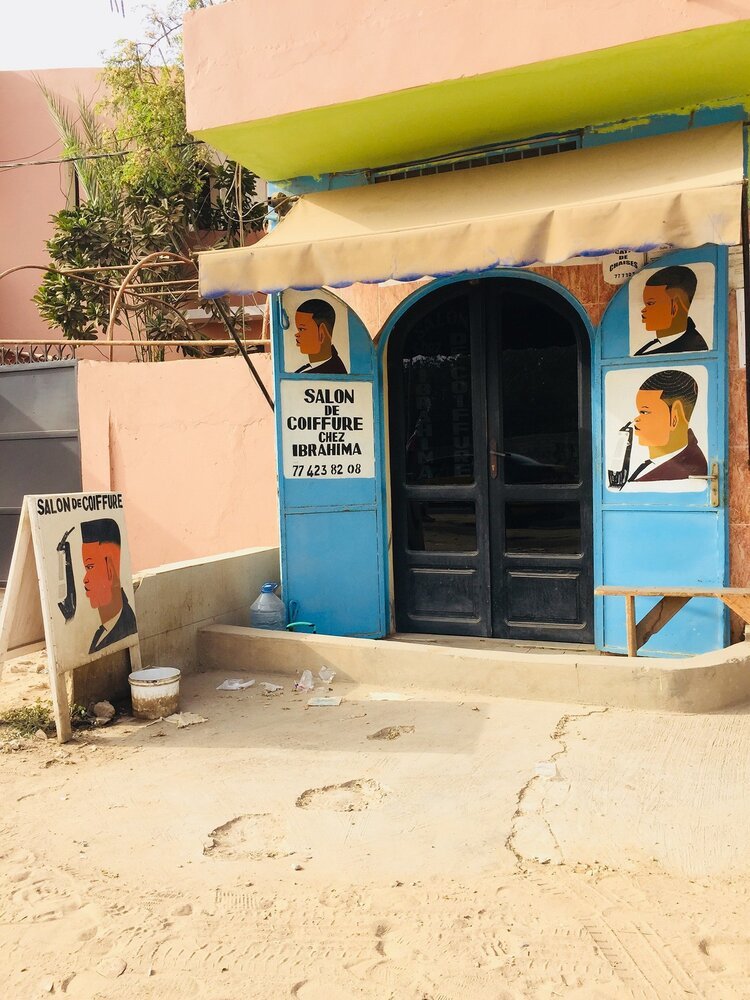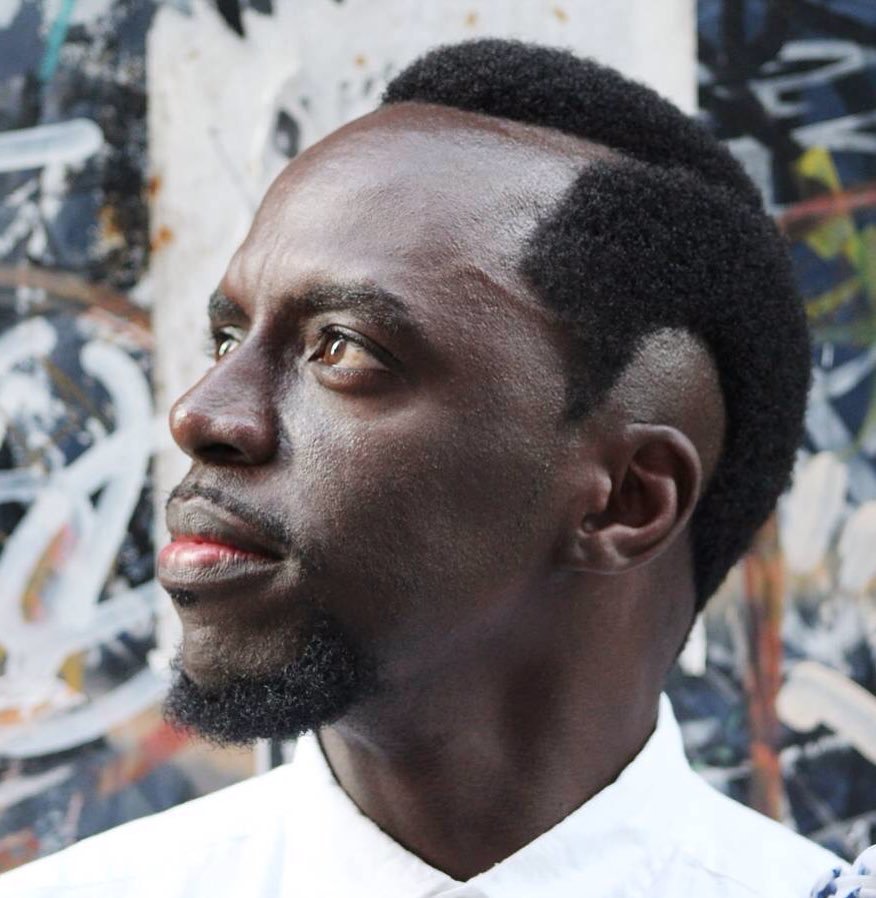From Amasunzu to Queues
Not that long ago, specific hairstyles were used to communicate with others much more than the latest fashion trends. Want to mingle? Hush, your hair already told me that.
TL;DR
→ symbolic hairstyles have largely disappeared
→ modern day interpretations are attempting to revive some cultural traditions
Case in point: check out these amazing photos. Aerodynamic, futuristic, artistic, powerful hairstyles. They are of amasunzu, a traditional Rwandan hairstyle worn by men, and sometimes unmarried women, to tell others they were available for marriage (worn by those after they reached the age of 18-20). The symbolic hairstyle is still practiced by some contemporary Rwandans.
There are over 30 different amasunzu hairstyles, although from a brief Google Search it seems as though the combinations would exceed this number, but can you really trust Google Image Searches? From what I can gather, different hairstyles are worn by warriors, nobility, the powerful, and the brave. When worn by women, the hairstyle mostly symbolized their virtue and virginity.
Of course, the Rwandans were not the only ones to have elaborate hairstyles. Here are a few other traditional African hairstyles I was able to find.
—I double checked as many references as possible and sincerely hope are correctly attributed to the right cultures, eras, and styles. Many were labeled as tribal in nature, yet I am not certain these were correctly labeled in the first place (the source wasn’t academic but is THE BEST. The photos from the slideshow were all sourced from there. Here’s the link).
What I have been able to find is that many cultures used their hairstyles to communicate anything from an individual’s social standing, their age, their religion, their marital status, to their ethnic identity. Just a quick glance at an individual and you could gain a lot of information about their status and intentions.
In some cultures like in Senegalese, the hair, being the highest point on the head, was held in special spiritual significance. It is for this reason that Senegalese hairdressers hold a special position in society for sculpting such an important part of your identity. I think the closest we got to holding hairdressers in such high regards in Western culture was during the COVID-19 pandemic when hair salons were closed for an extended period of time, leaving many to fend rather disastrously for themselves. And if you’re into mental somersaults, let’s go back to those Senegalese barbershops. I discovered that there’s something else super cool about them - they tend to have hand-painted signage that’s next level graphic designer inspo. Photos attached for your enjoyment. (Please visit this blog that outlines the signage in more detail.)
I don’t think it would be too bold to say that nearly every culture had, at some point or another, a highly adopted symbolic hairstyle. Wigs from the Renaissance aristocracy still exist today as péruques worn by British barristers (fashionable? Hmm, to be debated). Even in the mainstream, we’ve got some widely adopted cultural hairstyles: women have long hair, men have shorter hair. Hairstyles from the last century varied greatly, and will surely continue to evolve with the times.
Manchu Queue | Via good ol’ Wikipedia
The same thing happened in the past and across continents. In Ancient China, women sported different hairdos if they were married (hair was tied up), if they were employed (braided and looped up), or for performances (elaborately pinned up). Hair was therefore used to communicate more than the latest beauty trends.
For men in Ancient China, the queue (long braid in the back, shaved forehead in the front) was the hairstyle of choice worn by the men of Manchu. The hairstyle signified Han submission to the Qing dynasty. If you refused to wear the hairstyle correctly, you’d be executed for treason. They weren’t kidding around with their hairdos! Total side note: Manchu Queue would make a great band name.
How does this translate to today?
It makes us wonder… what types of cultural symbols are we consciously or unconsciously using to describe to strangers our beliefs, our intentions, our values? Are there specific hairstyles that are used to signify something? Nothing immediately jumped to mind, but if you can think of something, feel free to post it in the comment section. I feel like there’s gotta be something out there! I was thinking of something like wearing your hair in a ponytail meant you supported a specific politician.
I am aware of different hairstyles existing to represent different religious devotions - but nothing quite as official and socially regulated as these ancient hairstyles. I’m guessing that today people have so many more ways to express their beliefs and mindset. Either that or people seem to care about many more topics today (i.e. in the past, your loyalty to the crown or your devotion to your god took precedence. Today you can show your support of a brand through your outfit, you can use your social media profiles to promote your ideologies, etc). Not everything has to be communicated via hairstyles anymore… and that’s probably for the better.
What could it mean for tomorrow?
So, what could it mean for tomorrow’s society? Are there some parts of this behaviour that we want to revive?
More creative expression
Speaking from my own personal perspective, I’d like to live in a future where there’s been a revival of tribalist, indigenous, and cultural expressions of identity in mainstream society. A future where no one is afraid to stand out and experiment with truly amazing hairstyles… and hairstyles that mean something more than “wow, that’s a nice haircut” or “I like your pink hair.”
Hair is a medium for expression and it feels like we’re shying away from the creativity that hair can afford. I’d love to see more hybrid expressions: hairstyles inspired by the past but reinvented for the present.
If you could bring back some creativity to your hairstyle, what would you do? Please, someone say tonsure.




